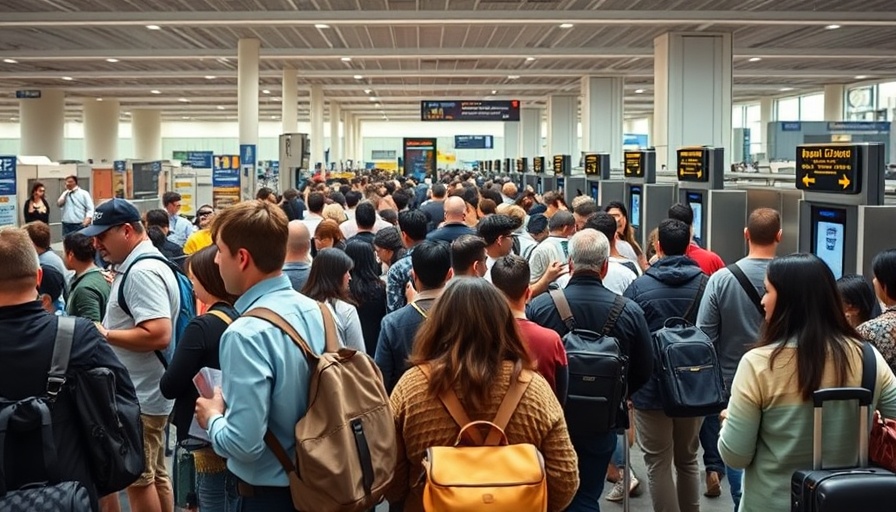
The TSA's New Shoe Policy: A Shift from the Past
In a significant move expected to enhance traveler convenience, the Transportation Security Administration (TSA) plans to allow many passengers to leave their shoes on at airport checkpoints—effectively ending a burdensome policy that has been in place since 2006. Industry insiders revealed this development was discussed during a briefing with airline representatives earlier this week.
The longstanding requirement for travelers to remove their shoes emerged in response to the attempted shoe bombing by Richard Reid in 2001. Reid attempted to detonate explosives concealed in his footwear while aboard a transatlantic flight, prompting security officials to take actionable steps to prevent similar threats.
Convenience and Speed for Travelers
This forthcoming easing of restrictions builds on existing policies for those enrolled in the TSA PreCheck program, which already permits passengers to keep their shoes on while allowing laptops and other electronics to remain in their bags. As air travel continues to recover, the TSA's decision aims to streamline the security process, potentially reducing long wait times at checkpoints. This convenience is particularly relevant for business travelers who are often pressed for time.
Implications for Security and Travel Industry
While this change could enhance the traveler experience, it raises questions about airport security and how threats will be assessed moving forward. Many aviation experts will keep a close eye on the TSA’s balance between ensuring safety and providing a smooth travel experience. Industry leaders highlight the need for robust communication among security agencies to adapt and respond rapidly to any emerging threats.
What It Means for Business Travelers
As we look ahead, keeping shoes on during airport security may usher in a more efficient travel environment—an important consideration for business lenders, banks, and credit providers looking to better understand the evolving needs of their customers. Knowing that air traffic is likely to increase and that punctuality is critical for business travelers should influence lending strategies and product offerings in the upcoming year.
Staying informed about TSA policies as they develop offers valuable insights that can aid in formulating responsive business solutions. Whether adapting operations or reassessing risk profiles, understanding these changes could position businesses to better serve their clientele in a competitive landscape.
 Add Row
Add Row  Add
Add 




Write A Comment